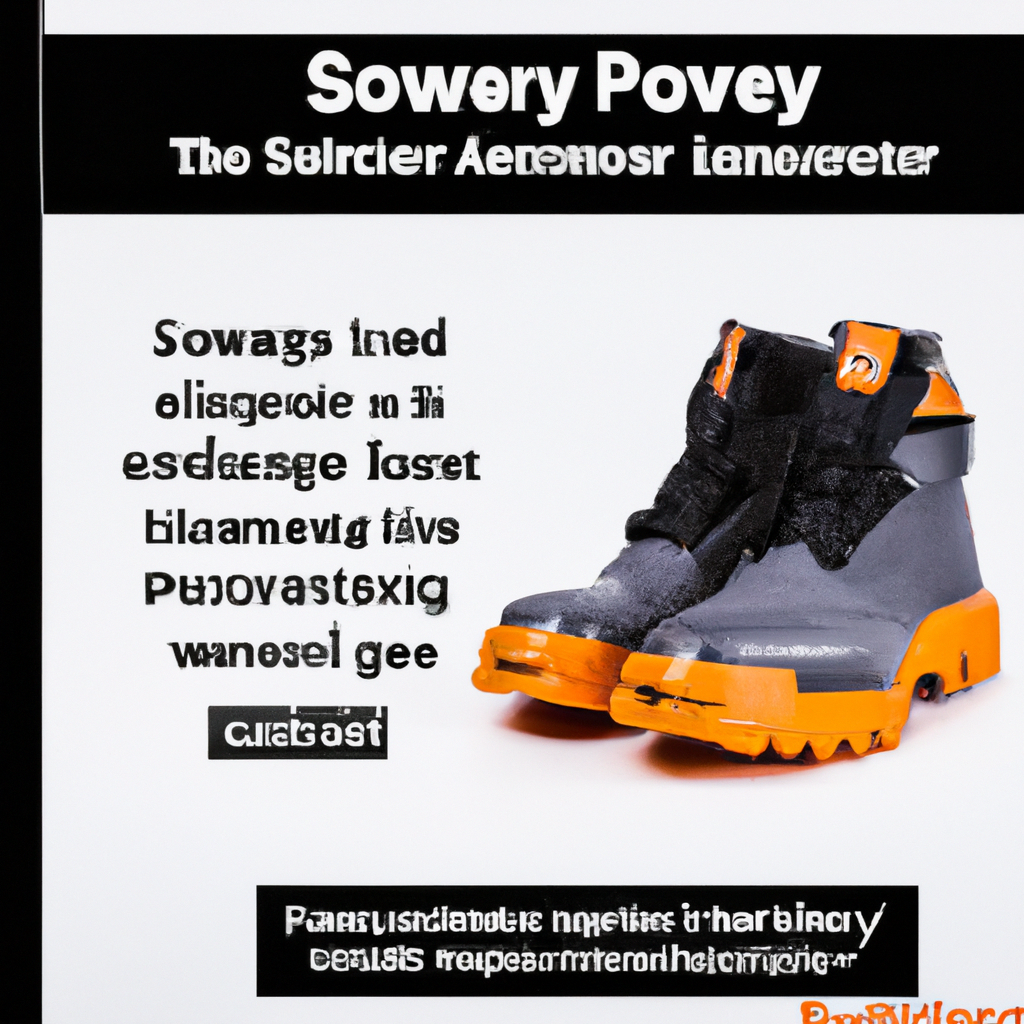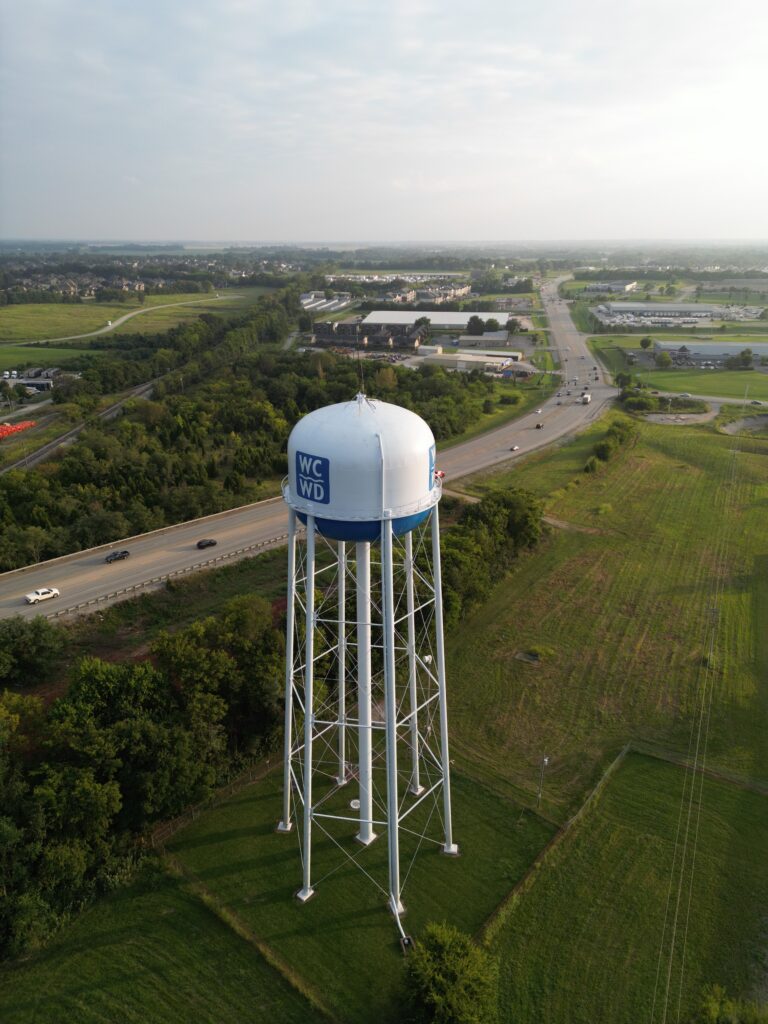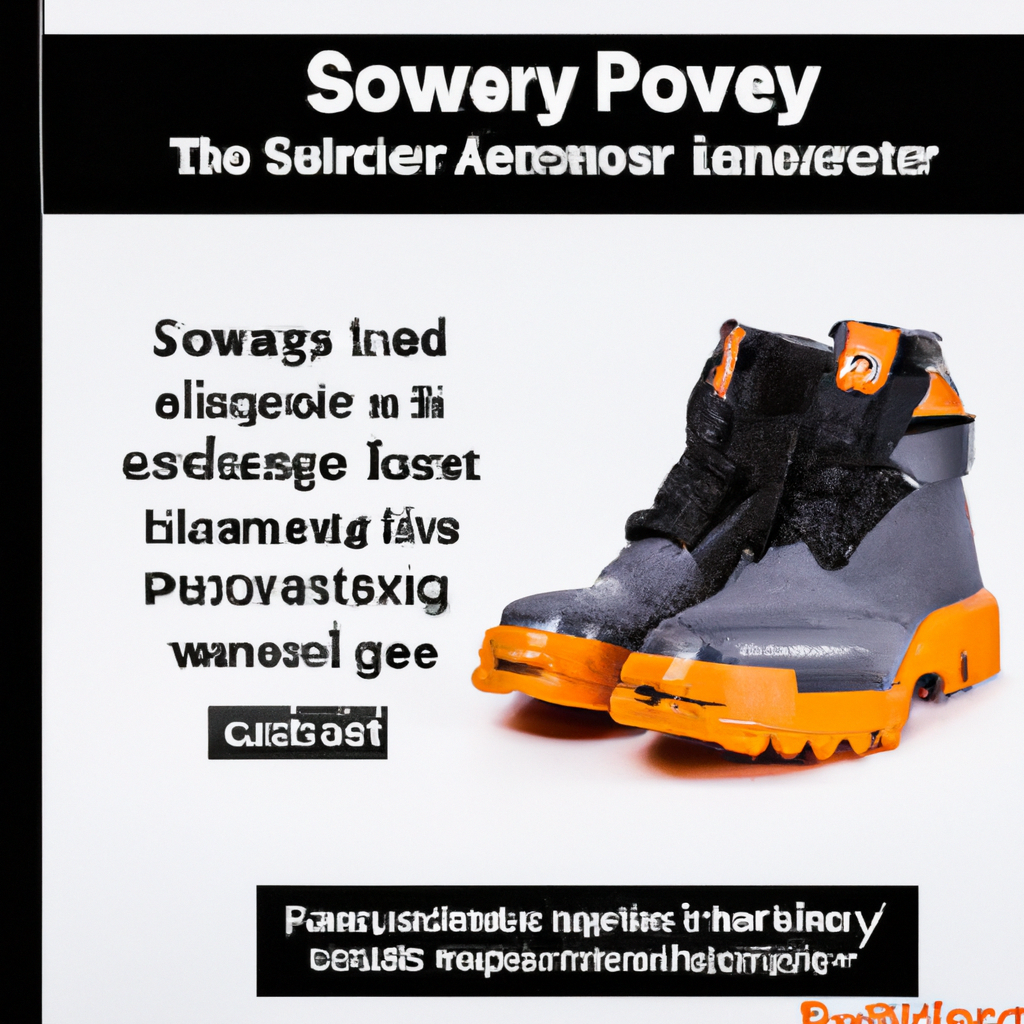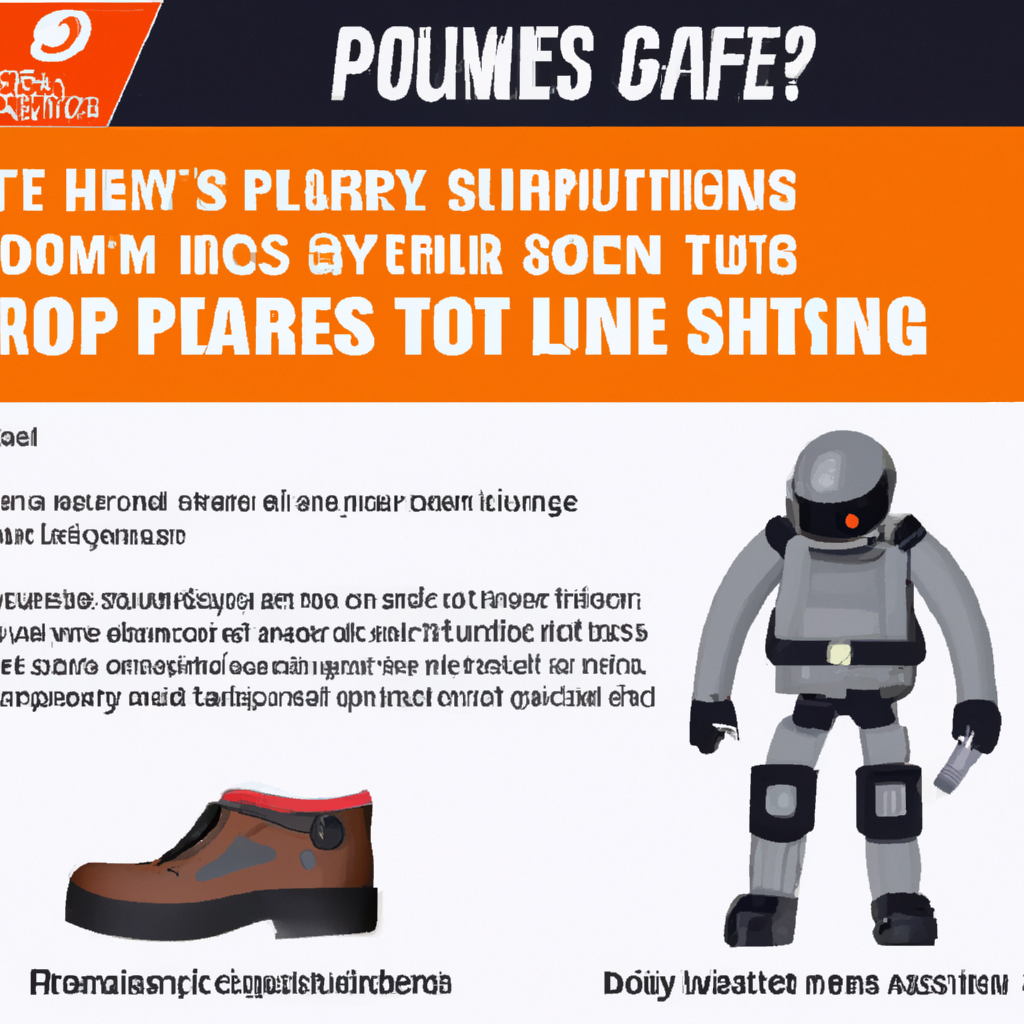
When it comes to using power tools, safety should always be a top priority. But with the wide range of equipment available, it can be overwhelming to know exactly what safety gear you should be wearing. Whether you’re a seasoned DIY enthusiast or just starting out, it’s crucial to protect yourself from potential hazards. From eye protection to sturdy footwear, this article will guide you through the essential safety gear needed to keep you safe while using power tools. So, let’s dive into the world of safety gear and ensure you have everything you need for a worry-free and enjoyable woodworking experience.

Head Protection
Hard Hats
When it comes to head protection while using power tools, the first item that comes to mind is a hard hat. These hats are designed to protect your head from falling objects and potential impacts. They feature a hard outer shell, usually made from plastic or fiberglass, and a suspension system on the inside to provide cushioning and a secure fit. Hard hats are commonly used in construction sites and other industrial settings where there is a risk of head injury.
Bump Caps
For situations where the risk of head injury is lower, but still present, bump caps can offer sufficient protection. Bump caps resemble baseball caps, but they have a padded interior that absorbs and disperses impact from minor bumps and knocks. They are ideal for tasks that involve working in tight spaces or in areas with low ceilings, where the risk of head injury is primarily from accidental contact with stationary objects.
Eye Protection
Safety Glasses
When it comes to protecting your eyes while using power tools, safety glasses are a must-have. They provide a barrier between your eyes and any flying debris or particles that may be generated during the use of power tools. Safety glasses are made with impact-resistant lenses and often have side shields for additional protection. They come in various styles and can be worn comfortably over prescription eyewear if needed.
Goggles
For tasks that involve more significant risks to the eyes, such as using tools that generate dust, chemicals, or high-speed particles, goggles are the preferred choice. Goggles provide a secure and close fit around the eyes, preventing any foreign objects from reaching the eyes. They often have indirect ventilation to reduce fogging and may be equipped with anti-scratch or anti-fog coatings for added durability and clarity.
Face Shields
In situations where there is a potential for large debris or objects to hit the face, a face shield should be used in conjunction with safety glasses or goggles. Face shields provide full-face coverage, extending from the forehead to below the chin, and offer excellent protection against impact, chemical splashes, and even sparks. They are commonly used in tasks such as grinding, cutting, and welding, where there is a higher risk of facial injury.
Hearing Protection
Earplugs
Exposure to loud noise can cause permanent damage to your hearing, making hearing protection a crucial component of safety gear when using power tools. Earplugs are a convenient and effective option for protecting your ears. They are made from soft materials that can be inserted into the ear canal, creating a seal to block out loud noises. Disposable foam earplugs and reusable silicone earplugs are popular choices, providing different levels of attenuation depending on the noise levels in your work environment.
Earmuffs
For individuals who prefer over-the-ear protection or require higher levels of noise reduction, earmuffs are an excellent alternative to earplugs. Earmuffs consist of two cups connected by a headband and feature soft cushioning that forms a tight seal around the ears. They effectively reduce the intensity of loud noises and can be adjusted for a comfortable fit. Earmuffs are commonly used in industrial settings and are particularly suitable for prolonged periods of tool use.
Respiratory Protection
Dust Masks
When working with power tools that produce fine dust or other airborne particles, wearing a dust mask is essential to protect your respiratory system. Disposable dust masks, also known as filtering facepiece respirators, are lightweight and comfortable to wear. They often have a metal nose clip to ensure a secure fit and an adjustable strap that goes behind the head or over the ears. These masks filter out particles in the air, preventing them from being inhaled.
Respirators
For tasks involving exposure to gases, fumes, or hazardous airborne substances, a respirator may be necessary. Respirators are more sophisticated respiratory protection devices that filter out specific contaminants based on their filtration capabilities. They come in different types, including half-face respirators and full-face respirators, and are designed to create a seal against the face, preventing the entry of harmful substances. Respirators should be properly selected and fitted to ensure their effectiveness in providing respiratory protection.

Hand Protection
Work Gloves
When using power tools, it’s essential to protect your hands from potential hazards such as cuts, abrasions, or burns. Work gloves are available in a variety of materials, including leather, synthetic fabrics, and rubber, each offering different levels of protection. Leather gloves, for example, provide durability and excellent grip, while cut-resistant gloves are designed to prevent injuries from sharp edges or blades. It’s important to select gloves that are suitable for the specific task at hand and ensure a proper fit for maximum dexterity and comfort.
Cut-Resistant Gloves
For tasks involving cutting tools or sharp materials, cut-resistant gloves provide an additional layer of protection against accidental contact with blades or edges. These gloves are made with materials such as high-performance fibers or stainless steel mesh that offer enhanced resistance to cuts and lacerations. Cut-resistant gloves are available in different cut levels, indicating their ability to withstand cutting forces, and should be chosen based on the level of risk involved in the task.
Heat-Resistant Gloves
When working with power tools that generate heat or exposure to hot surfaces, heat-resistant gloves are essential. These gloves are designed to protect against thermal hazards and are often made with materials such as leather, Kevlar, or specialized heat-resistant fabrics. They provide excellent insulation and can withstand high temperatures without transferring heat to the hands. Heat-resistant gloves are commonly used when welding, handling hot materials, or operating tools that produce intense heat.
Foot Protection
Safety Shoes
Protecting your feet is crucial when using power tools, as they are vulnerable to potential injuries from falling objects or heavy equipment. Safety shoes, also known as safety toe shoes, provide reinforcement in the toe area to guard against impacts and compression. They often have a protective toe cap made of steel, composite materials, or aluminum alloy to provide a barrier between your toes and any potential hazards. Safety shoes also offer slip resistance and additional protection against punctures and electrical hazards.
Steel-Toe Boots
For tasks that involve heavier machinery or environments with higher risks, steel-toe boots offer optimal foot protection. These boots incorporate a steel toe cap, similar to safety shoes, while providing full-foot coverage and additional features like ankle support and puncture-resistant soles. Steel-toe boots are commonly used in construction, manufacturing, and other heavy-duty industries where there is a greater chance of encountering hazards that can cause severe foot injuries.

Clothing
Coveralls
To ensure overall protection when using power tools, wearing appropriate clothing is essential. Coveralls are one-piece protective suits that offer full-body coverage, protecting your regular clothes from damage or exposure to hazardous substances. They are typically made from durable and flame-resistant materials, providing protection against cuts, sparks, chemicals, and other workplace hazards. Coveralls are commonly used in industries such as automotive, construction, and chemical handling, where there is a need for comprehensive body protection.
High-Visibility Vests
When working in environments where visibility is crucial or in proximity to moving machinery or vehicles, wearing high-visibility vests is highly recommended. These vests are made with neon-colored materials, often with reflective stripes, to maximize visibility and ensure that you can be easily seen by others. High-visibility vests are commonly used in construction sites, roadwork, and other situations where there is a risk of being struck by moving objects. They provide an added layer of safety to help prevent accidents and improve situational awareness.
Fall Protection
Safety Harnesses
When working at elevated heights, fall protection becomes paramount. Safety harnesses are essential in preventing serious injuries or fatal falls. These harnesses consist of a full-body harness and straps that distribute the fall impact forces across the strongest parts of your body. They are typically used with a lanyard or lifeline attached to a secure anchor point, allowing you to work safely while being protected from falling. Safety harnesses should always be worn when working on elevated platforms, scaffolding, or other areas where there is a risk of falling.
Safety Lanyards
To complement the use of safety harnesses, safety lanyards are crucial for fall protection. Lanyards are flexible ropes or straps that connect to a safety harness and secure you to an anchorage point. They are available in different lengths and configurations, including shock-absorbing lanyards that reduce the impact of a fall. Safety lanyards should be properly inspected, maintained, and connected to secure anchor points to ensure their effectiveness in preventing falls and keeping you safe while working at heights.

Tool-Specific Safety Gear
Safety Guards
Many power tools come equipped with built-in safety guards to protect the user from accidental contact with the tool’s moving parts or cutting surfaces. Safety guards should never be removed or bypassed, as they play a crucial role in preventing injuries. These guards may include features such as blade guards on saws or shields around rotating parts. It is essential to familiarize yourself with the specific safety features of each tool and use them as intended to minimize the risk of accidents and ensure safe tool operation.
Push Sticks
When working with tools like table saws or jointers, push sticks are invaluable safety accessories that help keep your hands away from the dangerous cutting areas. Push sticks are long, narrow pieces of wood or plastic with a handle at one end and a pointed or notched surface at the other. By using a push stick, you can safely guide materials through the tool while maintaining a safe distance from the cutting edge. Push sticks are simple yet effective tools for preventing finger injuries and maintaining control during woodworking operations.
Clamps
Clamps are not always seen as safety gear, but they play a crucial role in ensuring workpiece stability and preventing accidents. By securely clamping down the material you are working on, you reduce the risk of it moving or shifting unexpectedly, especially when using power tools that require both hands for operation. Proper clamping also contributes to improved accuracy and control, reducing the likelihood of mistakes or unintended contact with rotating parts. Clamps are an essential tool for ensuring a safe and stable work surface, especially when performing precision tasks or making repetitive cuts.
Safe Work Environment
Clear and Clean Work Area
Maintaining a clear and clean work area is essential to prevent accidents and ensure a safe working environment when using power tools. Before starting any task, make sure the area is free from clutter, debris, or any unnecessary objects that could pose a tripping hazard or interfere with your movements. A tidy workspace allows for better maneuverability and reduces the chances of accidentally knocking tools or equipment off surfaces. Regularly sweeping or vacuuming the area can also help remove dust, reducing the risk of airborne particles and improving overall air quality.
Proper Ventilation
When working with power tools that generate dust, fumes, or other airborne contaminants, proper ventilation is crucial for maintaining a safe work environment. Adequate ventilation helps remove harmful substances from the air, preventing inhalation and exposure. In enclosed spaces, such as workshops or garages, using exhaust systems, ventilation fans, or opening windows and doors can help improve air circulation and reduce the concentration of airborne contaminants. Proper ventilation, combined with the use of appropriate respiratory protection, ensures that you can breathe clean air and minimize the risk of respiratory health problems.
By understanding and using the appropriate safety gear when using power tools, you can significantly reduce the risk of accidents, injuries, and long-term health issues. Whether it’s head protection, eye protection, hearing protection, respiratory protection, hand and foot protection, protective clothing, fall protection, tool-specific safety gear, or maintaining a safe work environment, each category plays a vital role in ensuring your safety while operating power tools. Prioritize your well-being, invest in quality safety gear, and always follow best practices to create a safe and secure working environment for yourself. Remember, your safety is in your hands, so gear up and protect yourself!
